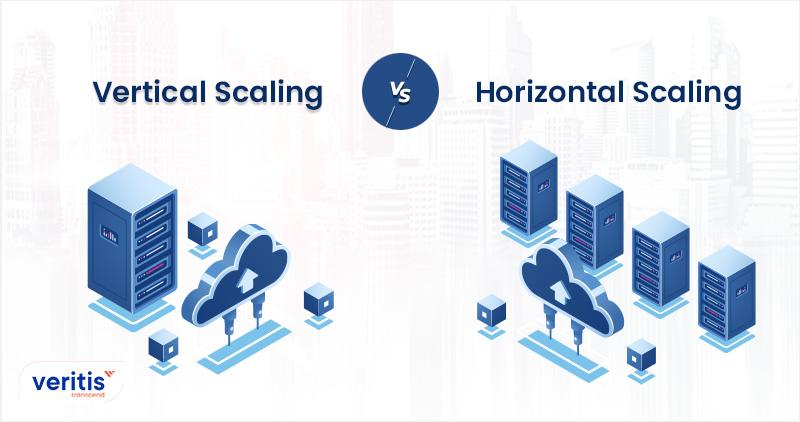Vertical scaling (scaling up) involves adding more resources (like CPU, RAM, or storage) to a single server to improve its performance. Horizontal scaling (scaling out) involves adding more servers to distribute the workload across multiple machines.
-
Vertical scaling adds resources to a single machine, offering simplicity but limited by hardware capacity.
-
Horizontal scaling adds multiple servers to distribute the load, offering better fault tolerance and scalability.
-
Vertical scaling is ideal for predictable workloads and legacy systems, while horizontal scaling suits high-traffic and distributed systems.
-
A hybrid approach, combining both strategies, is often the best way to ensure flexibility and long-term growth.




